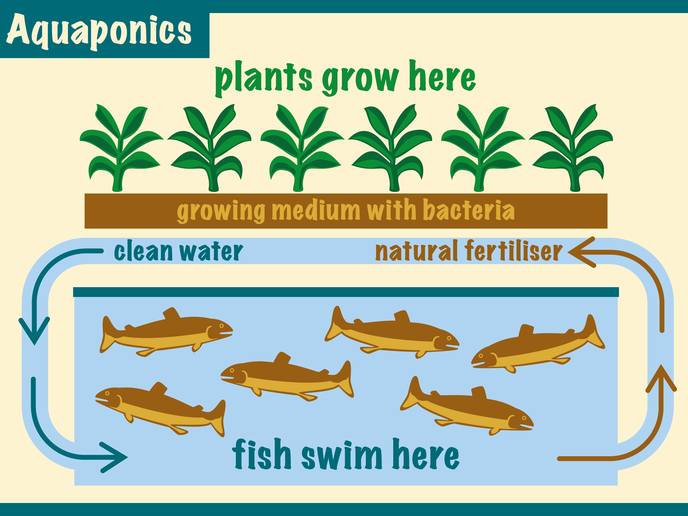Fish and plant research for future food security
The field of aquaponics has recently yielded a new plant-fish combination. For the first time, a salinity-tolerant plant commonly known as glasswort, or sea asparagus, has been grown together with flathead grey mullet (Mugil cephalus), an important food fish species found in coastal waters worldwide. The experiment was carried out by the Institute of Agrifood Research and Technology (IRTA) at its centre in Sant Carles de la Ràpita, Spain, as part of the EU-funded NewTechAqua project. The system was initially tested with lettuce instead of Salicornia, as the glasswort is also known. “In January 2021, in less than three months, we harvested 90 kg of lettuce. After ensuring the system’s smooth operation, in the second phase, we have already grown Salicornia, of which we harvested 250 kg on 18 m2,” observed IRTA aquaculture programme head Dr Enric Gisbert in an article posted on ‘FreshPlaza’. “This proves that mullet is a good choice of fish to have an efficient aquaponics model.” Salicornia is a fleshy plant that usually grows along the edges of wetlands, marshes, seashores and mudflats, and it is widely distributed across the northern hemisphere. Its high nutritional value makes it a promising candidate in efforts to combat food insecurity. Thanks to its salty flavour, it is currently considered a trendy garnish in gourmet restaurants across Europe. However, in some regions such as Spain’s Ebro Delta, the plant is a protected species, so harvesting it is prohibited. Aquaponics is a solution to this problem. “Aquaponics could be an alternative to continue using this plant in the culinary world, with controlled management and food safety conditions and, at the same time, protecting the environment,” stated Dr Gisbert.
Studying greater amberjack reared in sea cages
Another research effort supported by the NewTechAqua project has focused on the sex differentiation process and resulting sex ratio of greater amberjack (Seriola dumerili) when produced in hatcheries. Led by project partner Hellenic Centre for Marine Research, Greece, the study found that the growth of greater amberjack under aquaculture conditions was similar for both sexes, and that females had the same size as males in all the samples taken. The results have been published in the journal ‘Fish Physiology and Biochemistry’. When fish are reared in captivity, scientists need to know the sex differentiation process and resulting sex ratio of the fish produced in these conditions to ensure they do not deviate from natural sex ratios in the wild. Since there was no difference in size between the sexes, and the sex ratio was 1:1, early rearing in captivity seems to have no effect on sex differentiation. In the NewTechAqua (New Technologies, Tools and Strategies for a Sustainable, Resilient and Innovative European Aquaculture) study, growth of greater amberjack was found to be closely linked to temperature: high until October, stable during winter and spring, and high again as temperatures rose in the summer months. This was similar to the growth rates recorded in a study on greater amberjack caught from the wild in September and subsequently grown in sea cages. NewTechAqua’s aim is to expand and diversify European aquaculture production of finfish, molluscs and microalgae. For more information, please see: NewTechAqua project website
Keywords
NewTechAqua, plant, fish, aquaculture, aquaponics, flathead grey mullet, glasswort, sea asparagus, greater amberjack, Salicornia



